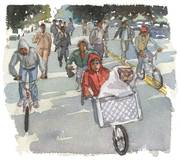There are many things that typify American culture, but of all the tools in the zeitgeist’s box, one popular but less obvious choice may well be the perfect representation of a particular place and time. Spielberg’s E.T. The Extra-Terrestrial may well have been a family blockbuster, but it captured suburbia at a time when the American Dream was flourishing. Whilst a story about a lovable alien, it also serves as a guide to how the USA wielded substantial cultural authority. Which is why we delve deep into the world of E.T. The Extra-Terrestrial, to find out how it came to define suburban style, and how this American ideal came to dominate the world...
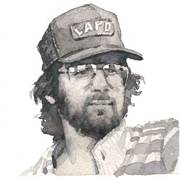
DIRECTOR PROFILE: STEVEN SPIELBERG
BORN - 18th December 1946, Cincinnati, Ohio
ROUTE INTO FILM - Interned with Universal Studios in the editing department whilst at Film School. Later given the opportunity to make a short film for theatrical release – Amblin’ (1968) – and won several awards, impressed studio Vice President Sidney Sheinberg and was awarded a seven-year directing contract
KNOWN FOR - Jaws (1975), Raiders of the Lost Ark (1981), Jurassic Park (1993), Schindler’s List (1993), Minority Report (2002)
FAMOUS QUOTE - Every time I go to a movie, it's magic, no matter what the movie's about
Much has been said of The American Dream, but nothing quite typifies it to the Average Joe than the suburbs. It’s ingrained within the American zeitgeist and for good reason. America thrived in the 20th Century. Before 1920, most Americans lived in rural areas but by 1960, the balance had shifted. Whilst American culture in the latter part of the 20th Century was dominated by urban myth – New York being so good they named it twice – the reality was that as American families prospered they gradually moved out of seemingly dangerous and overcrowded urban centres in order to live that ideal of a family sedan parked in the driveway, your Saturday free to while away mowing the lawn or baking cookies for the girl scout fundraiser. It was a narrative of kids spending seemingly endless days riding their bikes around the cul-de-sac, as American as apple pie. This was the world of Spielberg’s E.T. The Extra-Terrestrial, the world of The American dream.
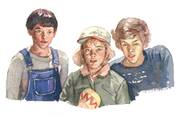
AMERICAN APPAREL
The 1980s were bold. It was a decade that ushered in shoulder pads, the miniskirt, and clashing patterns, but whilst the fashion set basked in the era of power dressing, an overwhelming proportion of suburban America pursued a much more scaled-back sense of daily style. Much of this was in the continued spirit of heritage Americana, a reflection of the social status of the middle classes, and their patriotism towards the red, white and blue. Denim, plaid shirts, tees and poly/cotton athletic sweats would define the era, much in the same way elements of classic Americana had always been the go-to uniform of the average Joe or Jane throughout the 20th Century. The 1980s saw dungarees have a moment in the spotlight, and the American sportswear companies were riding a wave of unparalleled growth partly ignited by their cameos in Hollywood blockbusters.
But for all the variety the 1980s offered, there’s one unifying notion that encompassed how the suburbs, and America at large, dressed during the E.T. era. This was the idea of casual dress. But how is it relevant? Fashion theorist Malcolm Barnard was of the idea that clothing doesn’t just reflect personal identity, it actually constitutes it. In an era of American prosperity where the middle class was king, it’s no wonder that fashion grew to reflect this section of society. To wear dungarees, a baseball cap, and a waffle t-shirt was to live out your own personal identity as part of America’s middle class. The key lies in the freedom to choose your own apparel as opposed to being shoehorned into hand-me-downs or second-hand. And since people, by and large, tend towards the middle ground, suburban style came to seem distinctly run-of-the-mill. The mall may boast The Gap, Old Navy and countless others, but they’re all pedalling the same attire and pandering to the same crowd. Regardless, choice equals freedom, and to have freedom is to be American.

ONE OF NIKE'S EARLIEST LOW-TOP BASKETBALL SHOES, FIRST RELEASED IN 1972, AND ONE OF THE FIRST SHOES TO BE USED BESIDE CHUCK TAYLORS ON THE COURT. RE-ISSUED NUMEROUS TIMES, THE SHOE SAW AN SB VERSION ADDED A NUMBER OF YEARS LATER ON THE NIKE SB LINE.
ALL-AMERICAN STYLE
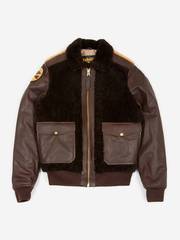
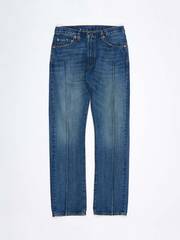
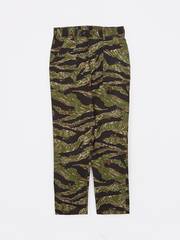
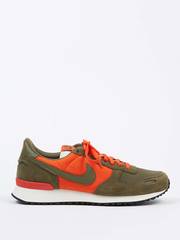

CALIFORNIA HOME-STYLE
Part of E.T.’s draw to American audiences was the feeling it could be happening right there in your cookie-cutter home. Spielberg’s intention was exactly that, and his portrayal of suburban America goes a long way to achieving this realism. It sounds almost too obvious to explain, but Spielberg creates a world full of terracotta serving bowls, coffee-pot machines, potted plants, ranch dressing and more. And that’s just the kitchen. Perhaps it’s the mundanity or banality of such an aesthetic that makes it so relatable, but whatever it is, Spielberg captured the style, and the imagination, of millions. Speaking to American Cinematographer on E.T.’s inspiration, Spielberg remarked “I’m inspired all the time, but my inspirations are a sum of all my parts, and all of my parts started back in 1947 when I was born in Cincinnati, Ohio, and kind of accumulated the dust or the pollen of my experience right up until E.T.” Spielberg lived the suburban life, so it’s unsurprising his portrayal is incredibly accurate.
But if the devil is in the detail, nowhere carves out distinction from banality more than California, E.T.’s temporary adoptive home state. California has always had a distinct cultural identity and has been riding the wave of ‘60s counterculture revolution since it rocked its way through the American psyche all those years ago. Perhaps it’s the heady mix of sun and sea that does it, but California’s always acted differently. This attitude and aesthetic play through to the new wave of Californian Craft, and as the state continues to influence, a wealth of brands from around the world have taken cues from that sunbaked, free-spirited, and nostalgic style.
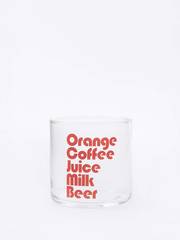
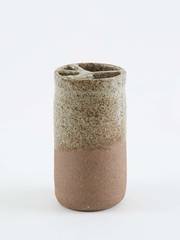
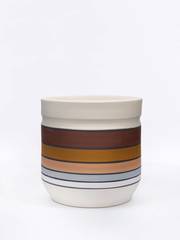


TRANSATLANTIC INFLUENCES
America’s influence undoubtedly reaches far and wide, but how does its cultural dominance relate to the era of E.T.? The American way of life, culturally and materialistically, had arguably been key to the aspirations of the many the world over since the end of World War II, but the generation growing up on Spielberg’s idea of suburban harmony experienced a fascination with the American way of life that was unprecedented in comparison to any other part of the post-war era. For example, Britain in the 1970s was floundering, and the ‘Sick Man of Europe’ was characterized by a total lack of opportunity. During a period where misfit outfit The Sex Pistols would chant the lyrics ‘No future, no future, no future for you’, to be presented with a dazzling array of opportunity unlike anything you’ve ever seen before from across the Atlantic, be it in the form of sneakers, new music or satellite tv, would have been truly eye-opening. Hollywood was selling the world the American Dream, so it’s of little wonder that facets of American culture were transplanted onto the backs of young people the world over, and at a greater rate than ever before.
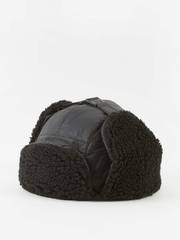


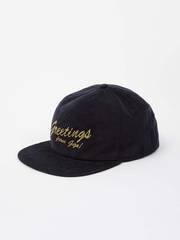
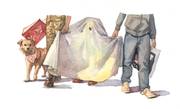
ET was loveable, at a time before which Hollywood had only ever portrayed outer space as terrifying. Spielberg, in effect, changed the game by allowing the big ideas of the universe to be presented in a benign manner, and reflecting on the film’s production the director is quoted as saying “It's very important with E.T. that everybody who saw the movie believes that E.T. could come into their backyards and walk into their homes to visit their children.” Unsurprisingly, the film received a critical response and is considered one of the greats. Spielberg captured the minds, and hearts, of a nation. But he also created a time capsule. E.T. goes a long way to portraying Middle America at a time when the suburban dream was thriving, at a time when America was economic, political, and cultural king, and at a time when the world was seeing an unprecedented shift towards technology. It shone a little magic into the lives of many, and it encompassed what it meant to be a part of the United States of America. After all, you could be happy here, we could take care of you. We wouldn't let anybody hurt you. We could grow up together...

